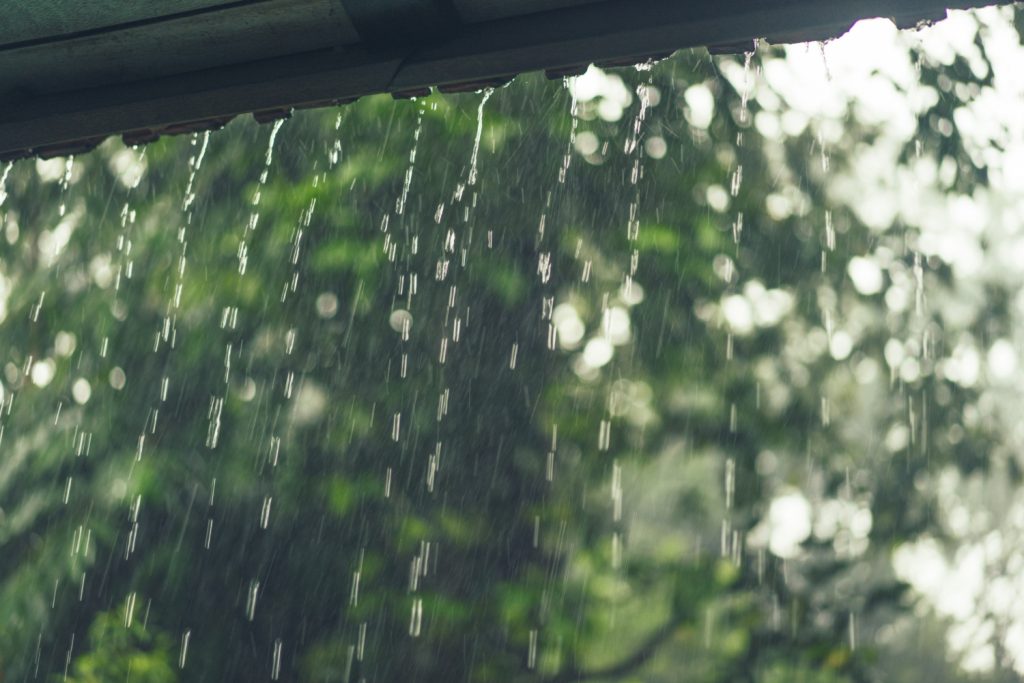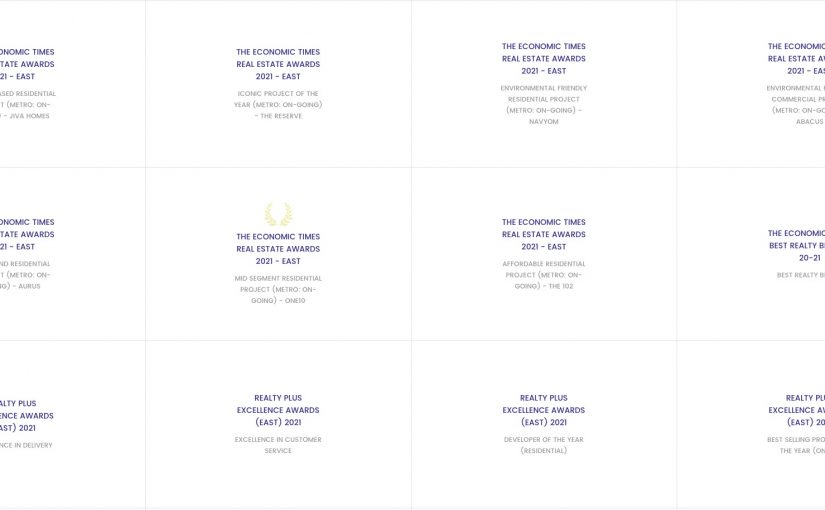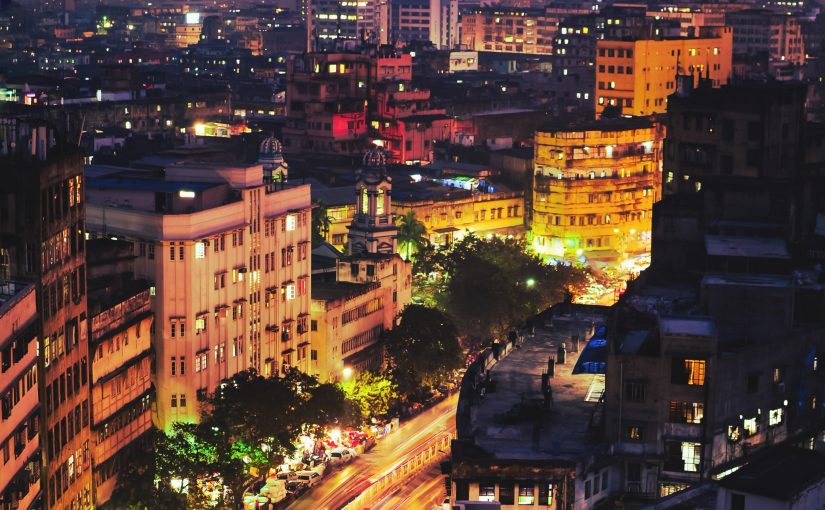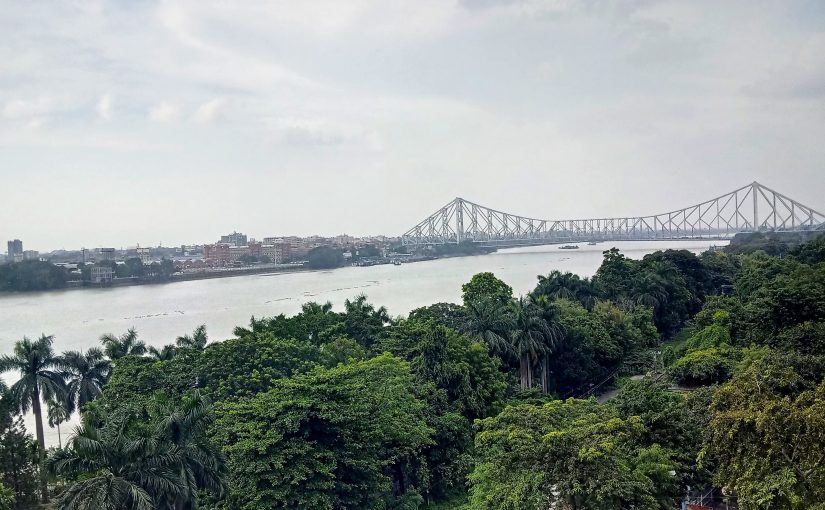By
|
Getting your Trinity Audio player ready...
|
Rainwater harvesting can provide homeowners with an ample supply of rainwater that one can repurpose for their home or your yard. This is well done when you know what is rainwater harvesting and how to collect it or live in an apartment building that does.
What is Rainwater Harvesting?

So, what is rainwater harvesting? It is the process of collecting excess water from a structure in order to store it for later use. Traditionally, this involved harvesting rain from a roof and hence, the name. The rainwater collects in gutters that channel the water into downspouts and then onto a storage vessel.
Some rainwater collection systems can be as simple as collecting rain in any kind of barrel. However some rainwater harvesting systems can be as elaborate as harvesting rainwater into large cisterns to supply directly to apartments.
Benefits of Rainwater Harvesting
Now that we have understood what is rainwater harvesting, let us look at its benefits.
- Rainwater is a clean and absolutely free source of water
- Homeowners have control over their water supply
- Rainwater harvesting is environmentally responsible
- Rainwater harvesting is socially acceptable since the green movement
- It promotes self sufficiency
- Rainwater harvesting helps conserve water
- It is better for plants and gardens because it doesn’t contain chlorine
- For residential apartments it can solve drainage problems
- Rainwater harvesting uses simple technology that is inexpensive and easy to maintain
- It can easily fit onto an existing structure or constructed during new home construction
- It is an excellent source of back-up water during emergency situations
Why should homebuyers care about what is rainwater harvesting and its benefits?
Rainwater harvesting is particularly useful for homeowners as it is a viable alternative for supplying your home with water. In an urban setting, where the sources of water are diminishing, understanding what is rainwater harvesting and how it can be used is important.
All you need to take advantage of this completely free resource is to capture rainwater. Then direct it to a rainwater storage tank. By doing this, you can take control of your water supply and replace a substantial portion of your water needs. Homeowners can use rainwater anywhere where you typically use tap water. With the water shortage situation becoming so dire in our country, rainwater harvesting can help lessen our environmental footprint.
Where can we use the collected rainwater?
We can use the rainwater that we collect for various purposes. These include the following:
- Rainwater can be used for irrigation
- It can be used for non-drinking or non-potable use
- It can be used to water your lawn and garden
- You can use rainwater to wash your vehicle
- Use it for all indoor non-potable fixtures (toilets and clothes washer)
- Use it for all potable needs when properly filtered and disinfected
Can rainwater harvesting solve the danger Water Shortage?
It is estimated that at our current consumption pattern, by 2025 we will be facing the dire situation of water scarcity. We are using more and more water for domestic, construction and industrial use. However the rate of consumption is far higher than the rate of recharging our water tables. Overexploitation and pollution of freshwater sources have drastically shrunk the amount of clean and potable water that we have available. Overexploitation of groundwater has been a result of urbanisation, a decrease in open soil surface and water infiltration rate, and a resultant worsening in water quality.
Industrial units and residential apartments face acute water shortages; the consequence of this shortage comes in the form of elevated amounts of money spent on purchasing water from government and private water suppliers. Thus it has become essential to understand what is rainwater harvesting and buy homes in residential complexes that implement it.
How much water does the water policy of India allow each household to use?
The water policy of the Government of India puts a standard of 180 litres per capita for our domestic needs. Given the current scenario – it is impossible to supply even 100 litres per day even in urban areas. Around 30 million Indians spread out over an area of 7 lakh sq. km., mostly in the west and northwest regions, are fighting an acute shortage of potable water especially in the hot summer months.
Do upcoming residential projects in Kolkata have rainwater harvesting?
Properties in Kolkata do understand what is rainwater harvesting and why they are the need of the hour. They come with plenty of measures for water conservation such as;
- Dual flushing system
- Recycled water for gardening and flushing
- Rain water harvesting
- Groundwater recharge
- Water efficient fixtures
- Water monitoring system
Which properties in Kolkata have rainwater harvesting?
Keeping the imminent danger of water shortage in mind, these properties in Kolkata have taken a step towards using harvested rainwater.
Jiva – residential flats in Beliaghata main road, Kolkata
Jiva offers luxury homes in Kolkata that are particularly mindful of sustainable living. There are a number of measures and initiatives in place for rain water harvesting, groundwater recharge, and processes that recirculate condensed water from air conditioners treated through STP for reuse.
This makes it especially environmentally friendly and perfect for those looking to buy eco homes.
One10 – flats in New Town
One10 has been designed keeping sustainability at the forefront, One10 was awarded a gold certification by the Indian Green Building Council (IGBC) in recognition of its sustainability efforts. From rainwater harvesting to solar power panels, and even a waste segregation system, every aspect of these 2 BHK flats in Kolkata offer greener living. Those homebuyers aware of what is rainwater harvesting and its importance, will definitely benefit from buying a home here.
Knowing what is rainwater harvesting is important
Rainwater harvesting can go a long way in solving the crisis of water shortage. As water is an essential source of life, we must consciously try to save as much water as possible. Knowing what is rainwater harvesting is one of the many ways we can modify our homes for the better. Check out our other blogs to unleash the power of your luxury homes.
FAQs
Rainwater harvesting is the process of collecting run-off from a structure in order to store it for later use. Traditionally this involved harvesting rain from a roof and hence the name. The rainwater collects in gutters that channel the water into downspouts and then onto a storage vessel.
1. Rainwater can be used for irrigation
2. It can be used for non-drinking or non-potable use
3. It can be used to water your lawn and garden
4. You can use rainwater to wash your vehicle
5. Use it for all indoor non-potable fixtures (toilets and clothes washer)
6. Use it for all potable needs when properly filtered and disinfected
The water policy of the Government of India puts a standard of 180 litres per capita for our domestic needs.
By the year 2025.
Leave a comment







